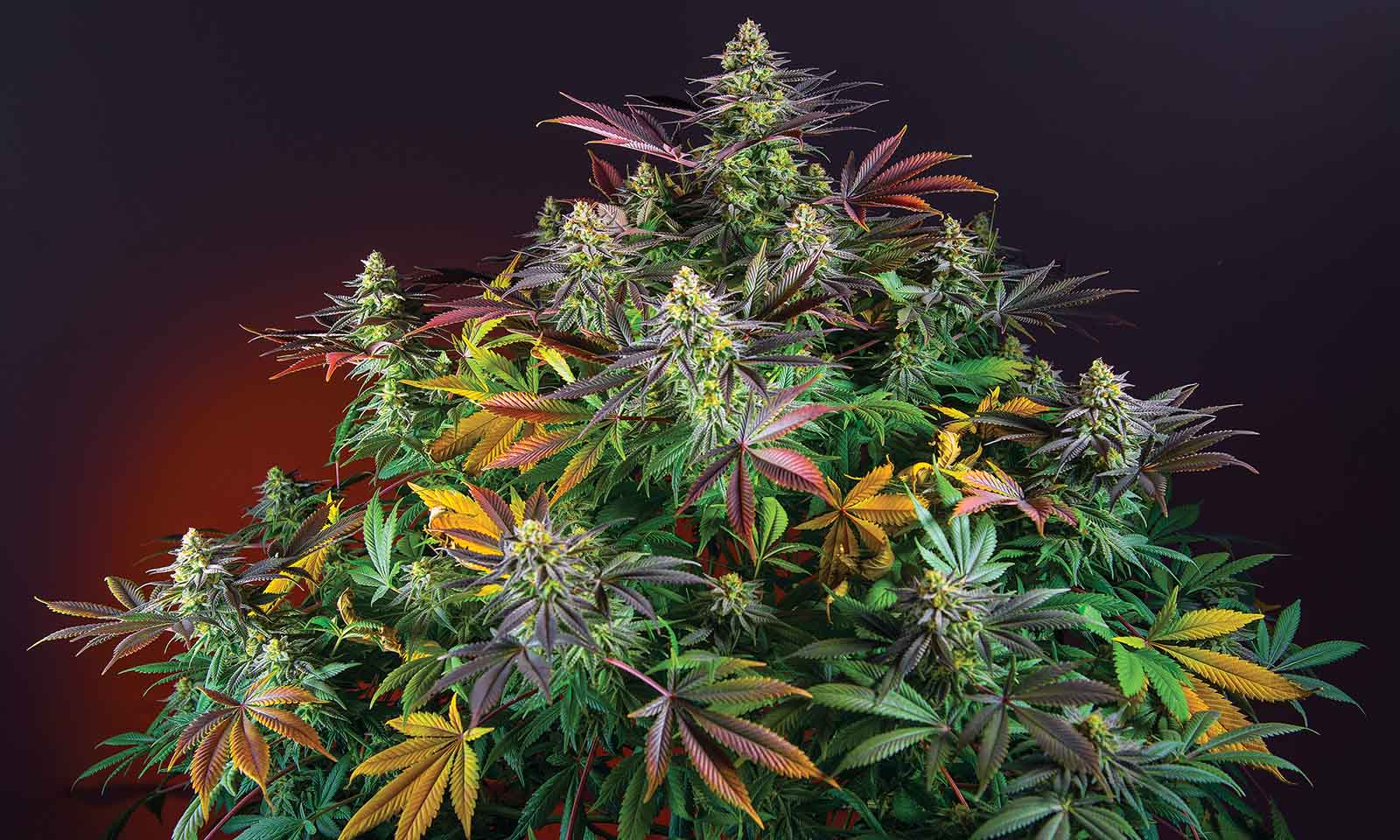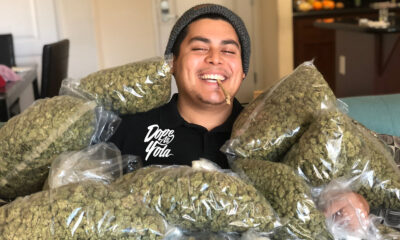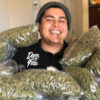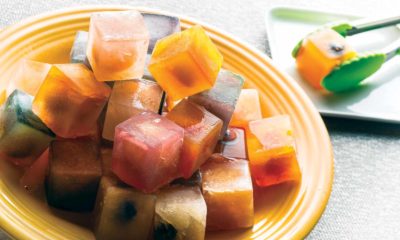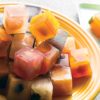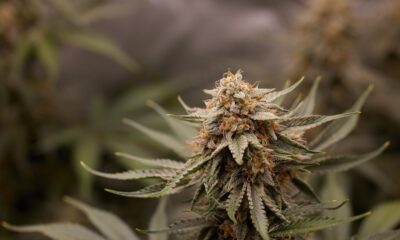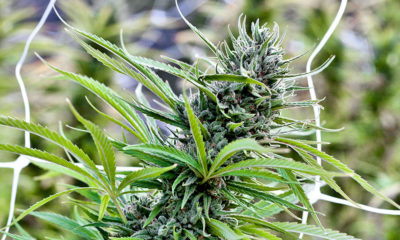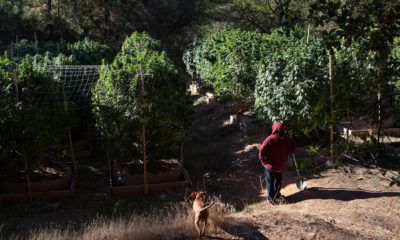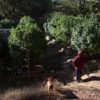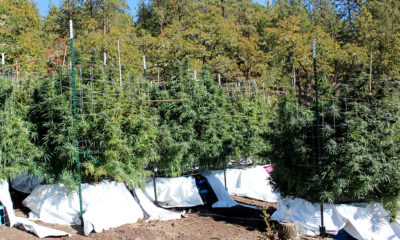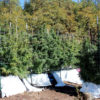The Rock ‘n’ Roll Seed Scientists of Spain
Sweet Seeds, one of the biggest and most popular seed banks in Spain, has grown from a few friends smoking weed and swapping seeds to a major player in Europe’s rapidly developing seed market.
It began, like all great things in the marijuana industry, with a couple of people who just liked to smoke weed.
It was the early 2000s, and life for someone who liked to get high in Spain took on the same pattern recognizable to anyone living through prohibition anywhere: Keep a low profile, go on trips to friendlier climes, experiment in secret and try to find like-minded individuals with whom your barely concealed double life can be shared openly.
In Valencia, a culture, art and food-mad city on Spain’s Mediterranean coast, the place for Manolo and Carlos of Sweet Seeds to experiment with cannabis was a local bar that played rock ‘n’ roll music. More to the point, the bar welcomed characters such as themselves: weed nerds, or, more accurately, seed nerds — “nostros amigos collectionistas.” With access to black-market cannabis and seed banks based in more-welcoming Holland, the pair started amassing an underground collection of cannabis genetics, but with a specific goal in mind beyond mere hoarding or cataloging. They wanted to breed feminized seeds — and good ones.
At the time, feminized seeds (seeds bred to produce female-only plants) were available, but only in short supply and of dubious quality. The rap on them was that they were unreliable and expensive. Too often, a “feminized” seed would turn out to be a hermaphrodite, which made them unsmokable and worse, a risk to whatever else you had growing in your secret grow spot. Not exactly what you want, for 10 euro a pop.
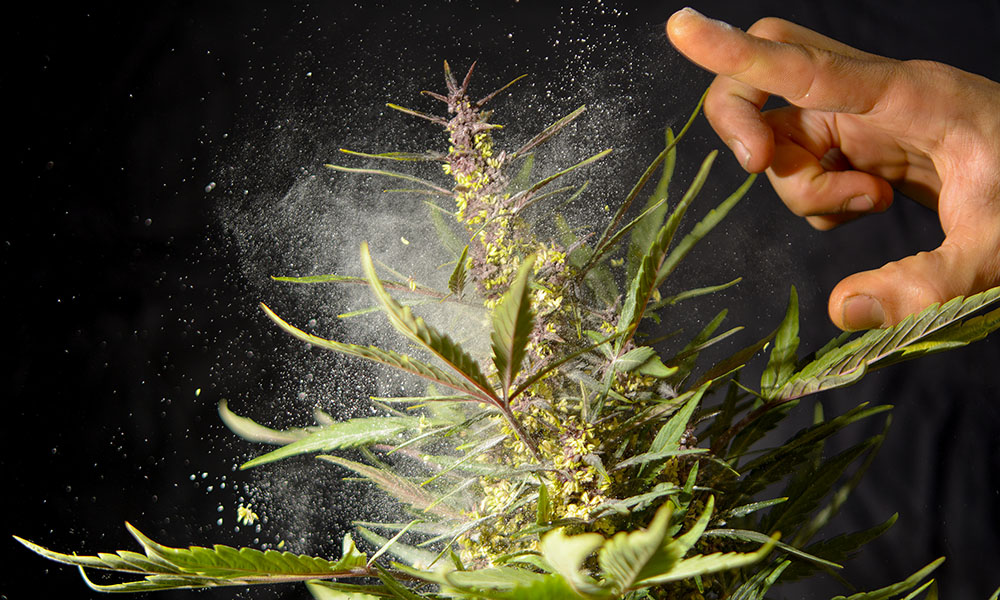
The breeders behind Sweet Seeds utilize this male plant from The Red Family line to create new types of cannabis. Many of the strains in this line are autoflowering. Photo Sweet Seeds
Carlos and Manolo (who both requested to keep their last names anonymous) decided that they would be more than “collectionistas” — they would be “collectionistas feminista.” They would find feminized seeds, and if they were not available, they would breed the seeds themselves. And so they began. They grew, they bred, they smoked. They pored over what information was available in magazines and on the internet, preached, argued and posted photos of their creations on message boards — until they found it. The secret.
“They discovered it,” says Hugo, sitting at a living-room table in sunny Valencia with Carlos and Manolo on either side, on the other end of a recent Skype conversation. The pair look like seed breeders, in the way that anyone vaguely Generation X — with hair and fashion sense like they used to be in a band or own a café — and they certainly don’t look like 9-to-5 salarymen. (The real giveaway, of course, are the jars of cannabis they keep reaching into to pick out a bud or two, grind them up and put them in a vaporizer or chillum as we attempt to talk, which includes me fumbling with Spanish and abandoning it for what I assume is easy-to-understand English, Hugo relating mi preguntas to Carlos and Manolo, Manolo answering and Hugo relaying the debriefing back.)
The secret, Hugo says, is that “they found the formula for seeds.” How? Explain! They cannot, even to this day, preferring to pose as mystics, rather than scientists. “It was a like a gift to the cannabis world from the plant.”
This is, at least, somewhat of an affectation. They absolutely had a method, recognizable to anyone who’s spent any time at all breeding. They found the best clones — “elite clones” is how Hugo translates it to me — and crossed them, taking care to preserve the otherwise-worthless males to make sure they would end up with seeds. (They still do this today, crossing elite clones from the same parent plants, to ensure as best they can some genetic stability.)

Cream 47 is a cross between Cream Caramel and AK-47 that has a 50/50 balance of indica and sativa. Photo Sweet Seeds
And here is where the rock ‘n’ roll bar is significant. Scientist or priest, every experimenter needs guinea pigs — willing test subjects. At the bar, there were plenty of heads around more than happy to take the pair’s breakthrough for a spin. The seeds’ results were put through their paces at the rock ‘n’ roll bar.
“They told Manolo, ‘The quality is very good,’” Hugo relates to me, with the seriousness of a scientist informing his bankrollers that the rocket has broken through the earth’s gravitational pull and is on its way to the moon.
Thus, in 2005, an eternity ago in marijuana-world time, Sweet Seeds was born. Today, Sweet Seeds is one of the biggest and most successful seed banks in Spain. Their size can be credited to the fact that Manolo, Carlos and their 40-person team keep winning awards — and started winning them quickly, with the first wins in 2007 and 2008. Their success stems from the fact they’ve continued to win through several eras of cannabis trends. They’ve stayed consistent from the days of message-board nerds, when Sweet Seeds was one of maybe a handful of seed banks in the entire country, to today’s Instagram-centered world, where Spain boasts countless seed banks pushing feminized, autoflowering and now CBD-rich varieties.
To fully understand how significant their breakthrough was, American readers — especially those of us for whom acquiring cannabis is merely another errand to complete on the way home: office, grocery store, cannabis dispensary — need to transport themselves back to another time and place. Here are a few places that are comparable to modern-day Spain: California in the 1990s, Colorado in the early 2000s, or, maybe, Texas, Oklahoma and Tennessee today.
In these places, if you want a bag of marijuana, you buy it from “your guy,” who sells you whatever he has on hand, maybe adding an adjective on to whatever it was his guy told him. Orange Dream, Mexican Kush. Sure, guy, whatever. If you wanted something specific — or if you really wanted to know what you had at all — you had to grow it yourself.
Grow nerds and seed hoarders can ignore this next paragraph, but for the rest of us: The situation above also highlights the significance of feminized seeds. If you’re growing for yourself in a studio apartment, you can only sprout so many plants at a time. If you sprout a male plant, you’ve just wasted your time, money and your social capital with your landlord or roommate and have nothing in return.
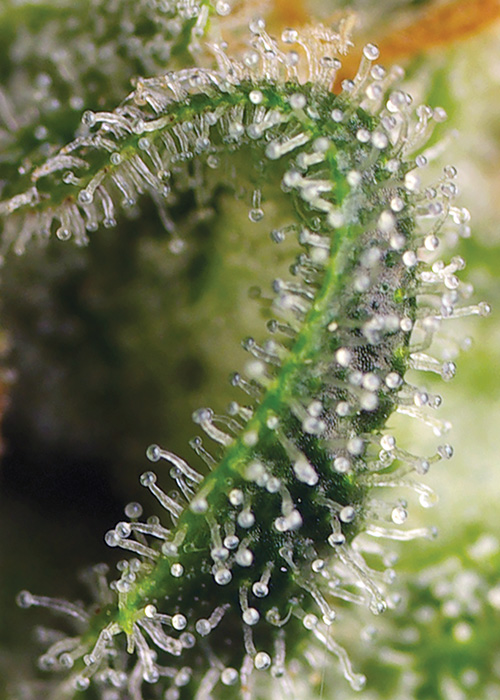
Photo Sweet Seeds
Same with autoflowering, the second “great revolution” in seed production after feminized seeds. You don’t have multiple rooms, you don’t have multiple lights. You have one or two LEDs in a grow tent and that’s it. An autoflowering plant doesn’t need the external signal — less heat or light — to get the message that its useful life is nearing its inevitable conclusion, and it is time to fulfill its essential mission and create beautiful, resinous and aromatic flowers for the purpose of propagating the species. Cruel irony: it never will be a parent, but its genetic legacy will live as long as there are humans who crave its effects.
It is also important to remember the risks Carlos and Manolo took to open a website, to open up a grow shop (they have five now), to publicly post their address and to start selling their seeds. Their friends, Hugo confirms — their stoner friends who benefited from the experimentation — all told them they were crazy.
“There was a lot of police 10 years ago,” Hugo says, as Manolo grinds up another bud while Carlos sits patiently. “Most of their friends told them, ‘You guys are crazy. You go to jail — and the bank, it will be closed maybe three to four months after that.’” Those friends, they were extremely wrong.
Even today, when venture capitalists are stampeding towards cannabis and American companies are landing in Europe in search of new markets to colonize — and producing and selling seeds is legal thanks to a quirk of the law that keeps seed banks alive, but growing cannabis (the only way to actually get a seed) is not. Carlos and Manolo prefer to keep their last names out of the media. It is appropriate. Spain, with its American companies setting up testing labs and its 200-odd cannabis cafés openly operating with the barest veneer of secrecy, is still decidedly semi-legal.
And in a real way, these laws, repressive ones and slightly more liberalized ones allowing for CBD production, still shape Sweet Seeds’ development and mission.
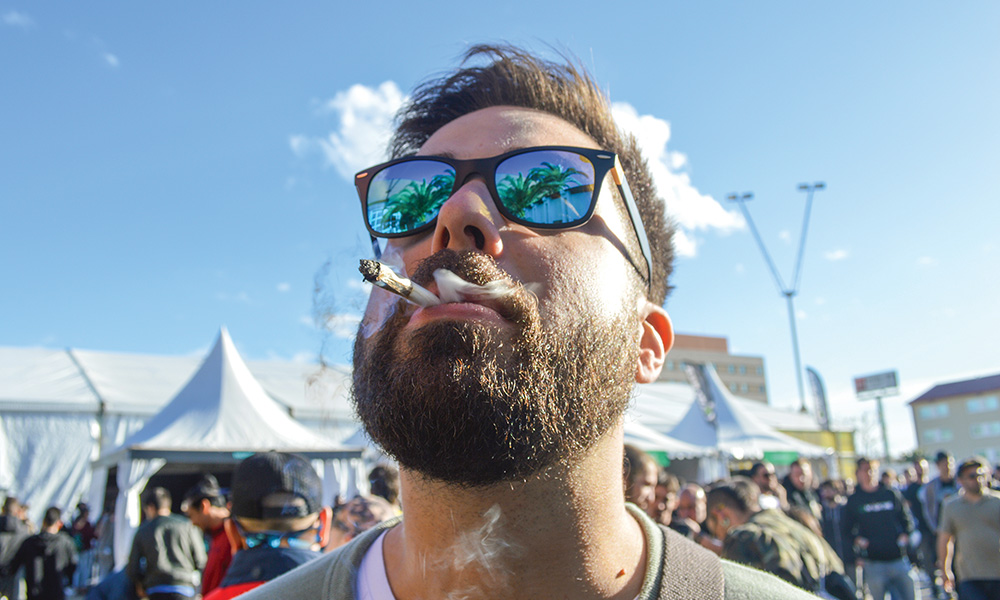
Peter Shearer, the director of product development and planning at the Supreme Cannabis Company in Canada, smokes a join during Spannabis 2018. Spannabis is held in Barcelona and features a wide array of seed banks. Photo @ms_kushtush
At least some of their customer base lives in countries where the grow situations described above are the norm. They need big yields, quickly and easily — and, hey, maybe they even want some CBD, breaking the old black-market mold of prizing stone above all. So they want a feminized seed that will autoflower and that has CBD. Sweet Seeds has this, Carlos tells me, with calm and serious confidence. Hugo doesn’t need to translate. (They also deserve credit for being ahead of their time: They chose the name “Sweet Seeds” because all of their offerings smelled sweet. They were terpene-hunters before the phenomenon had a name.)
From a North American perspective, the adjectives most often used to describe the market in Spain are some variation of “nascent” and “murky,” but with tremendous potential. That said, there is absolutely a booming and mature market in seeds, and multiple large exposition-style events where a phone book’s worth of seed banks show up to run booths, show off their wares and sell them. Spannabis, in Barcelona, a few hours north from Valencia, is but one example. Sweet Seeds is a regular exhibitor, and a regular winner of hardware at the event, having won multiple awards for genetics over the last decade.
What will happen if — and when — Europe follows North America’s lead, when Canadian and American capital and knowledge drag cannabis fully away from rock ‘n’ roll bars to capitalized markets, laboratories and global experts? In other words, what happens when their clients are commercial growers in climate-controlled greenhouses, without requisites like autoflowering, who maybe even have their own breeding team? We don’t know. We can only guess. But after 13 years, it seems reasonable to assume Sweet Seeds will adapt accordingly. Just ask the cats still hanging out at the rock ‘n’ roll bar.
Originally published in Issue 32 of Cannabis Now. LEARN MORE
TELL US, where do you get your cannabis seeds?



